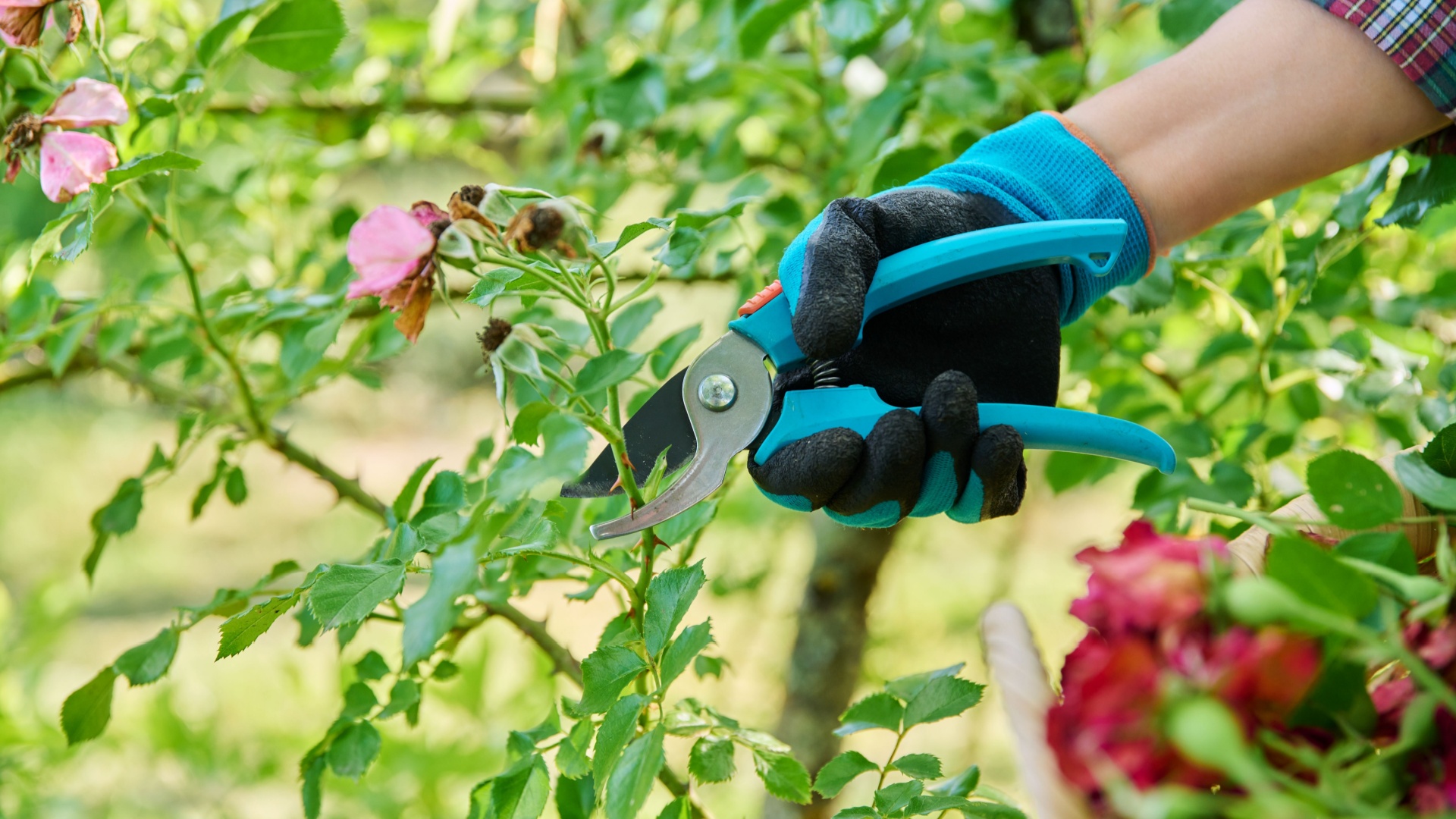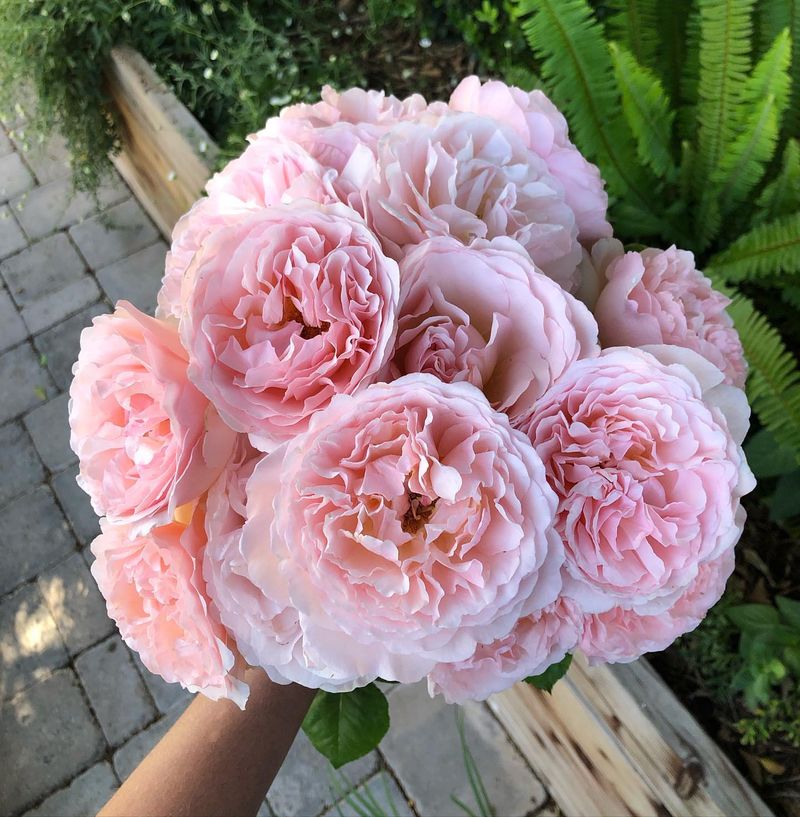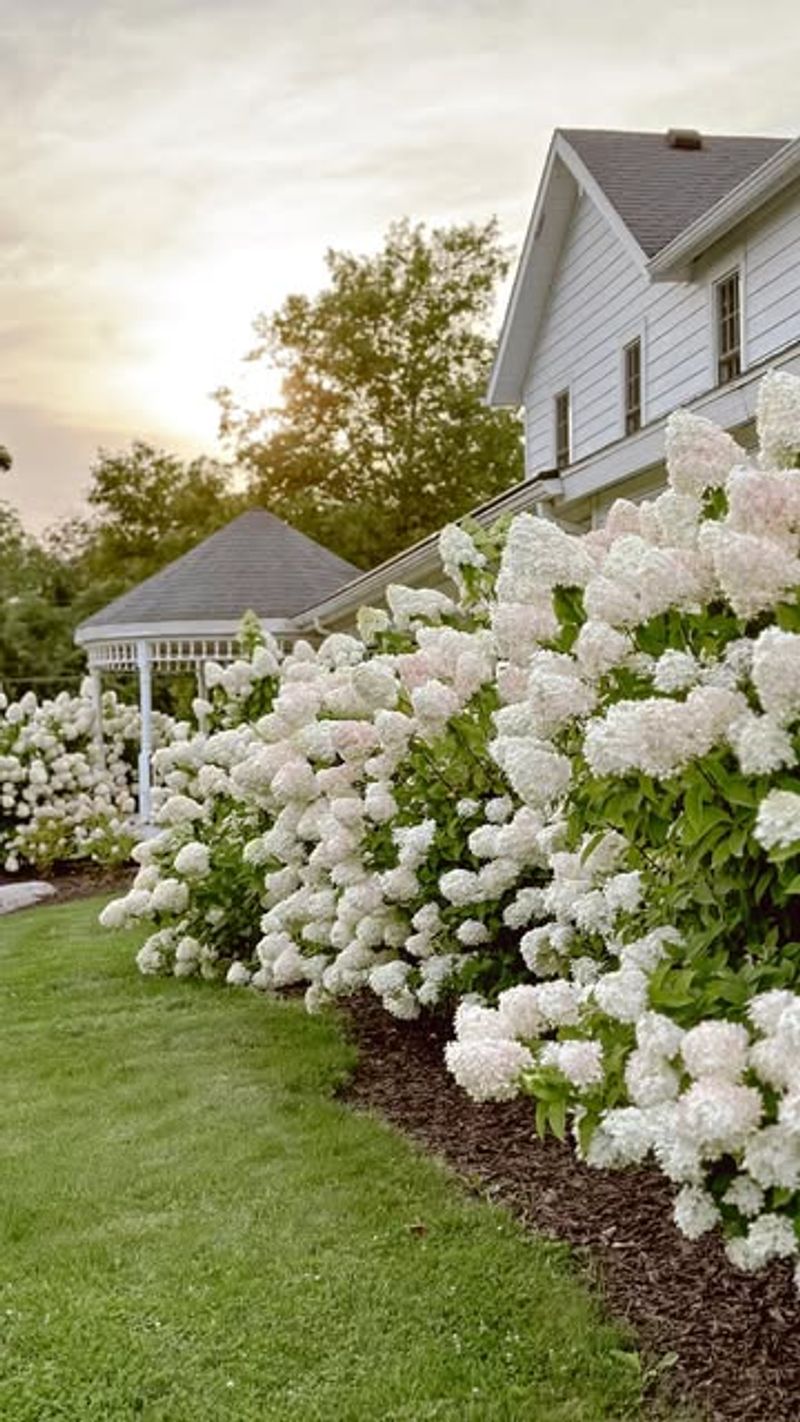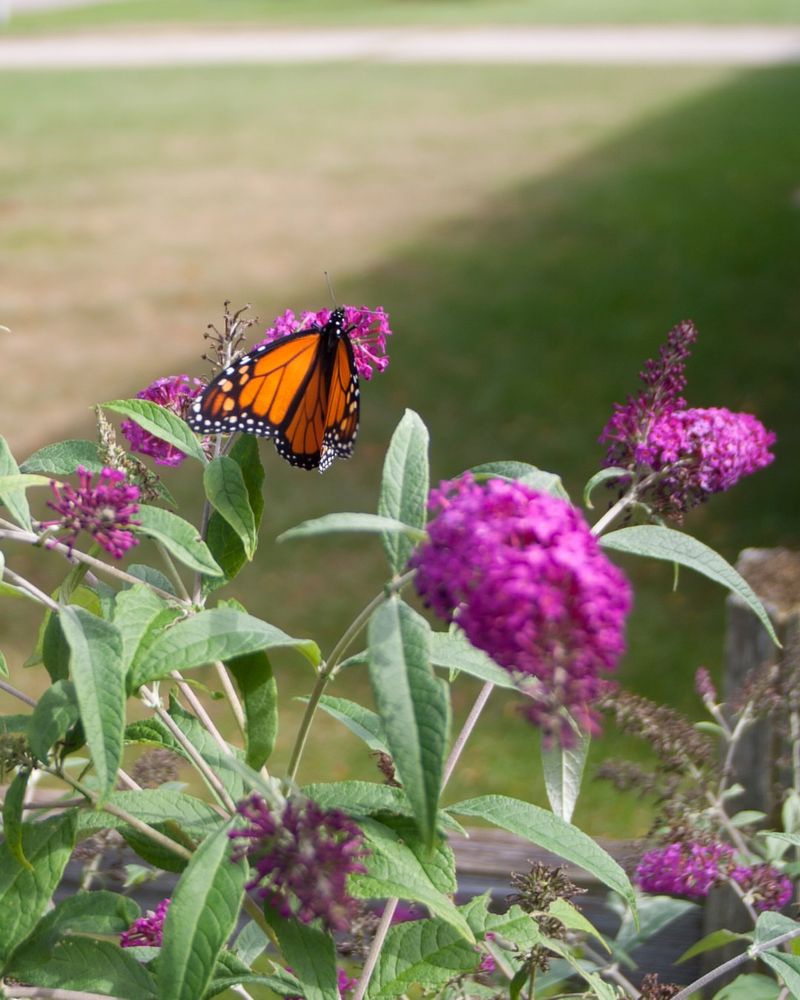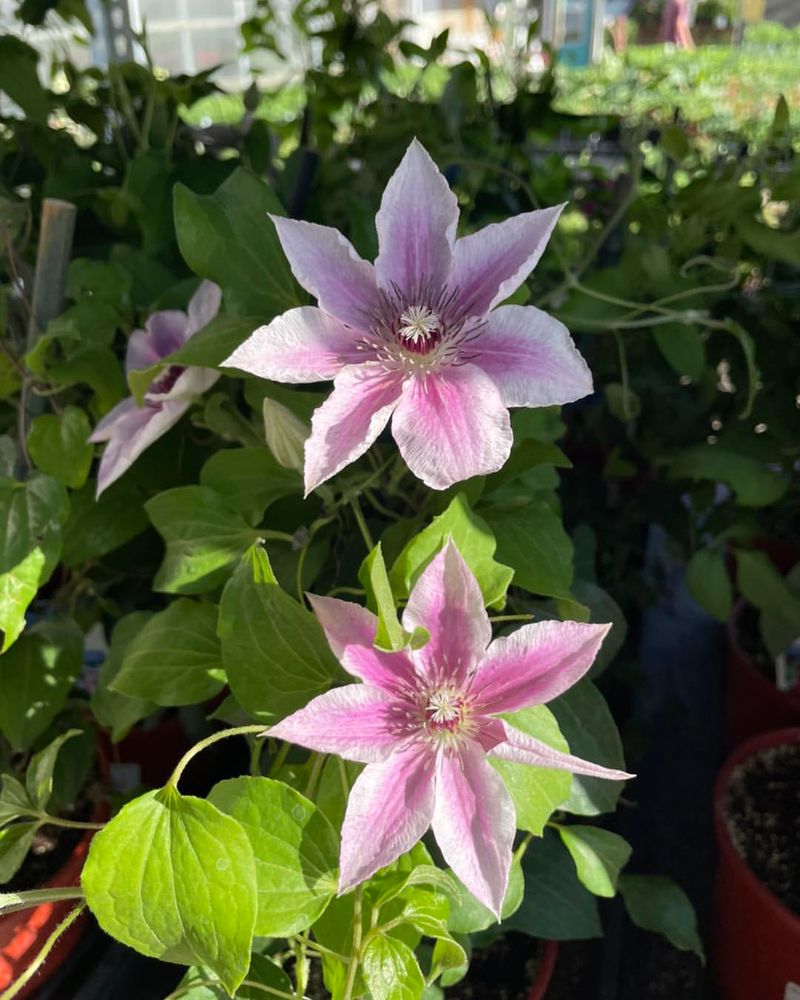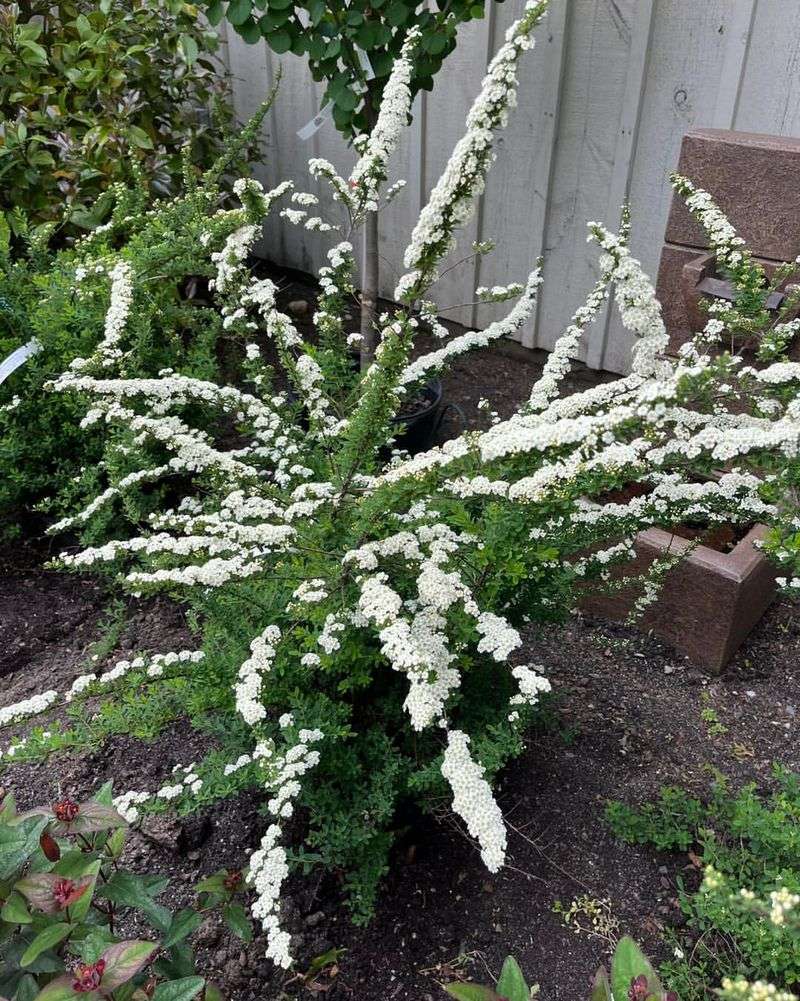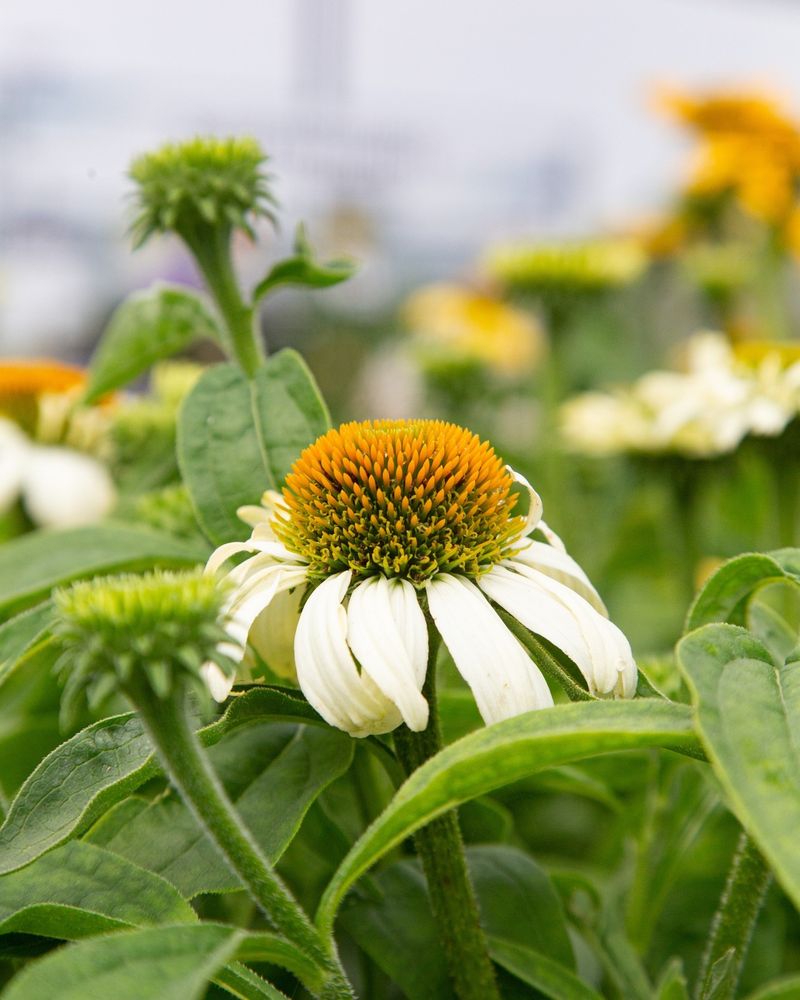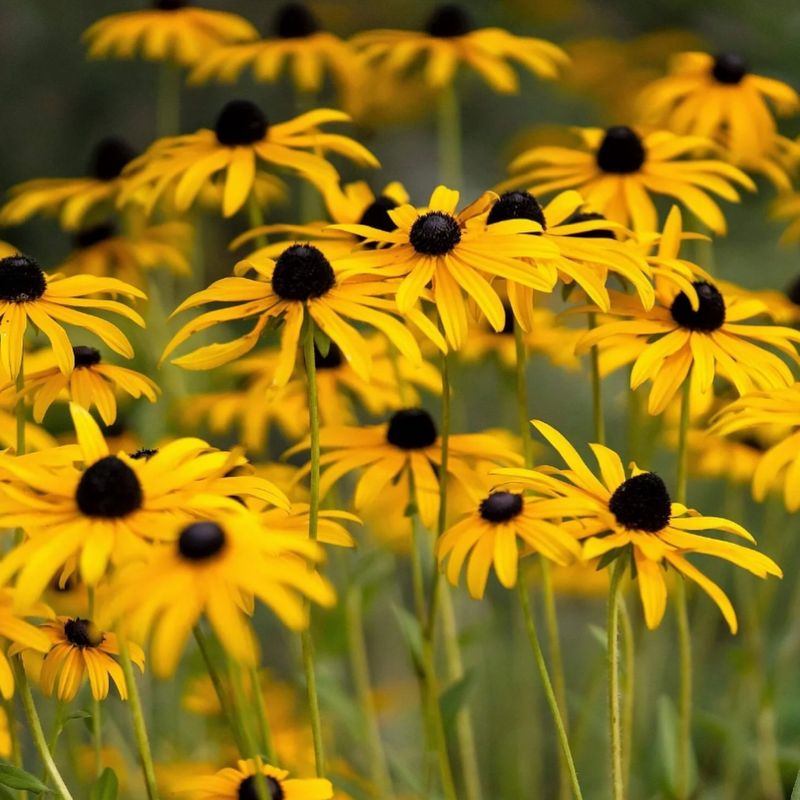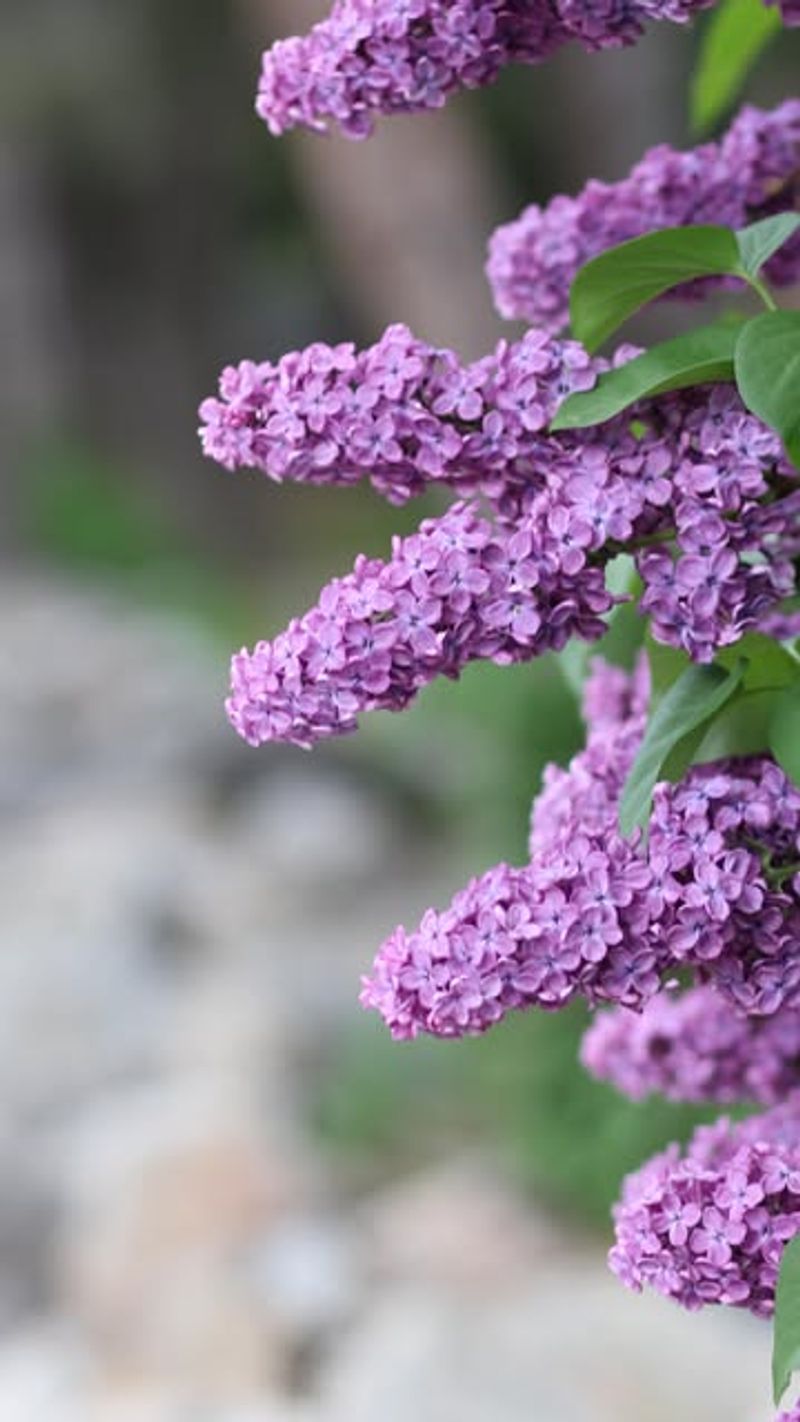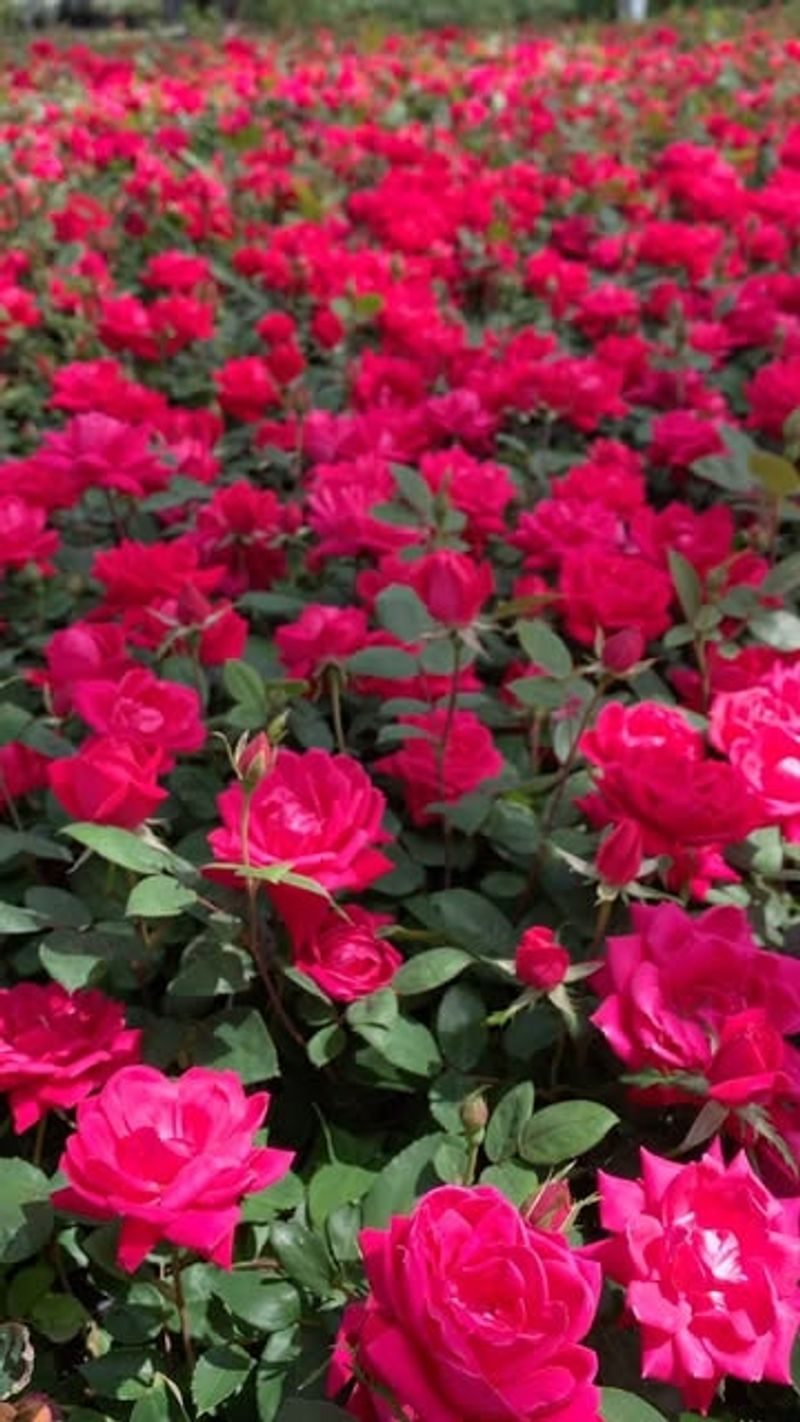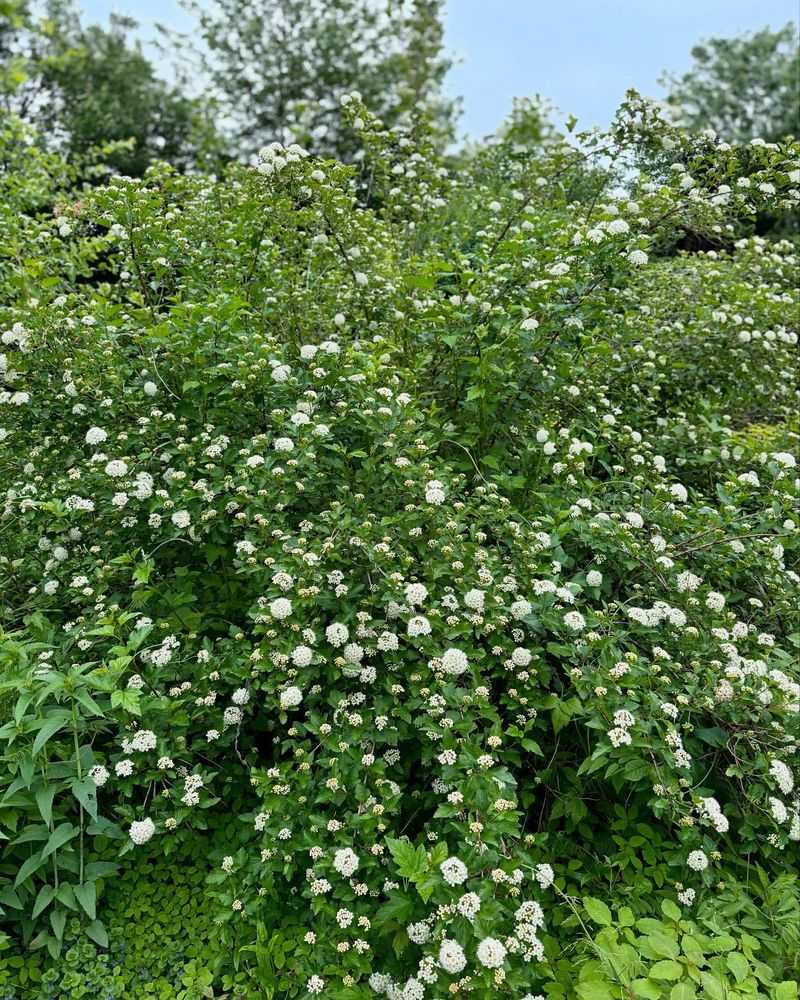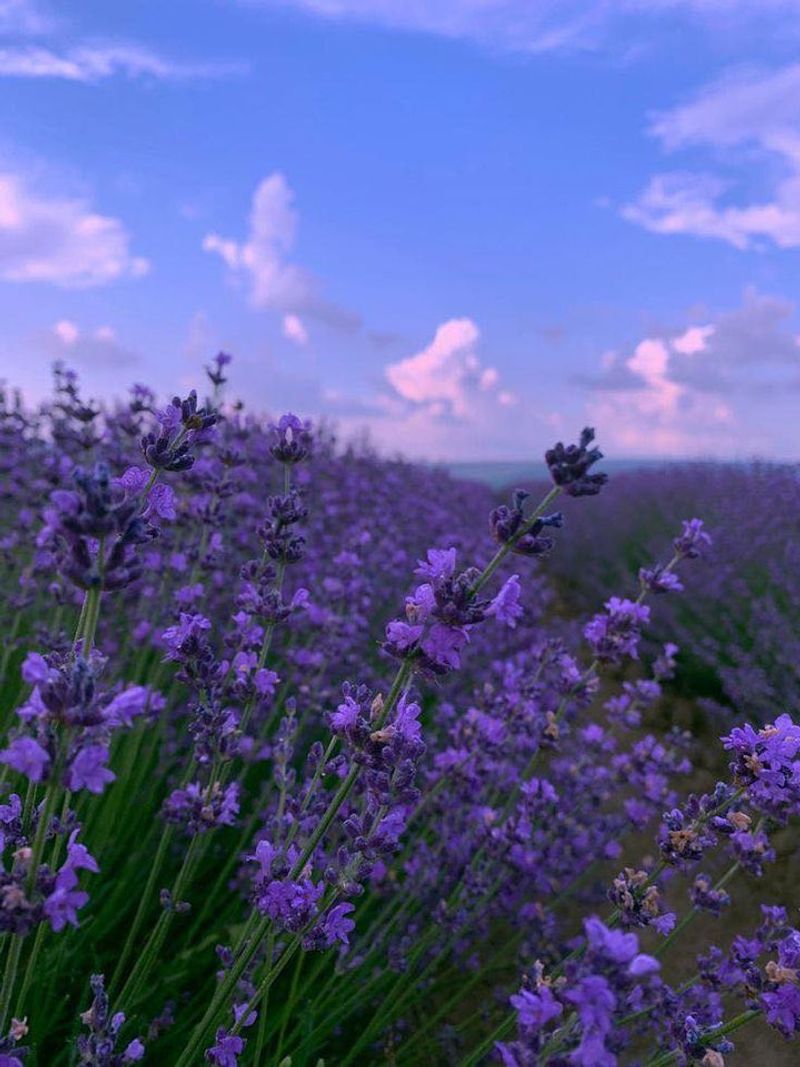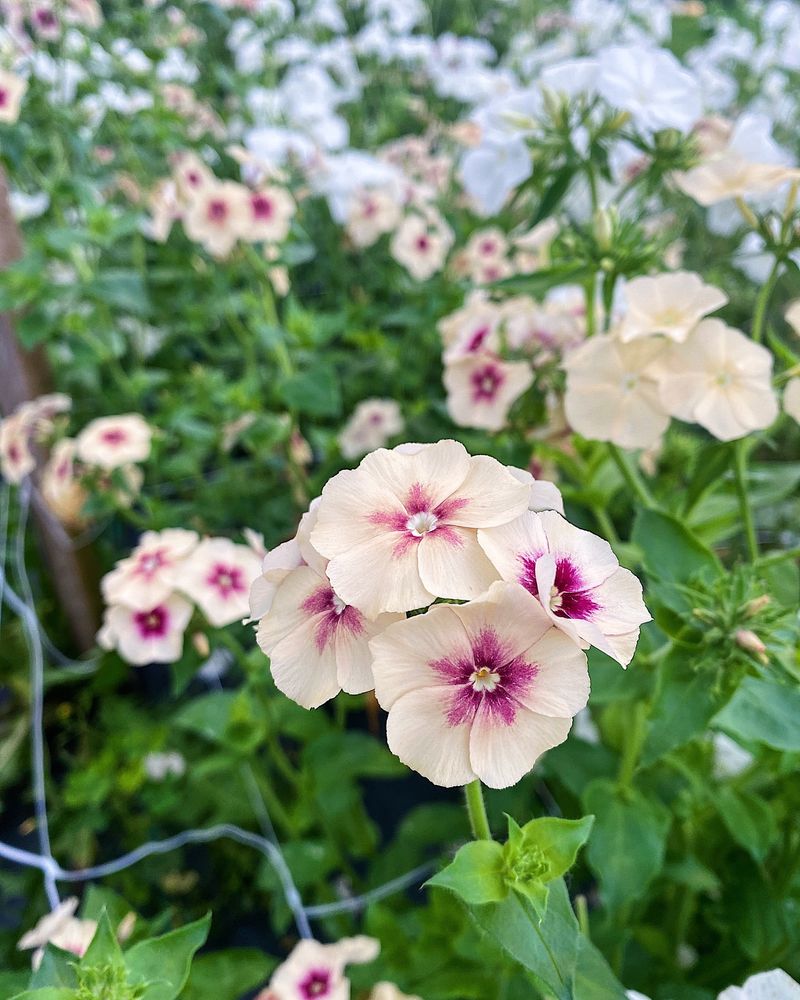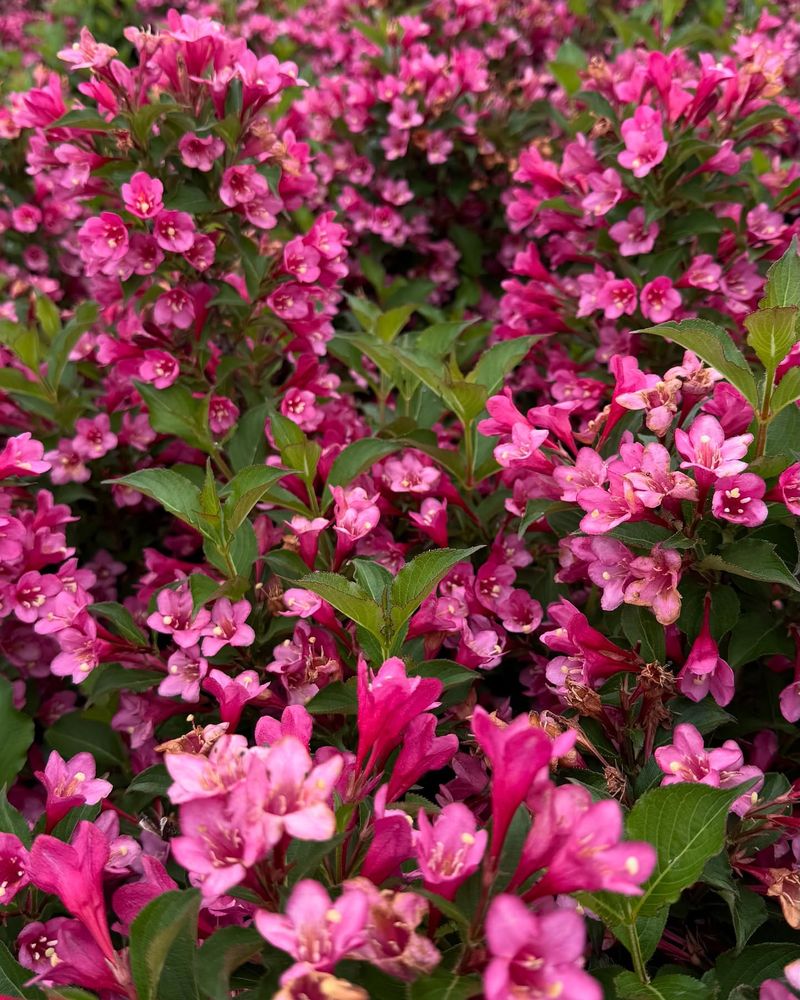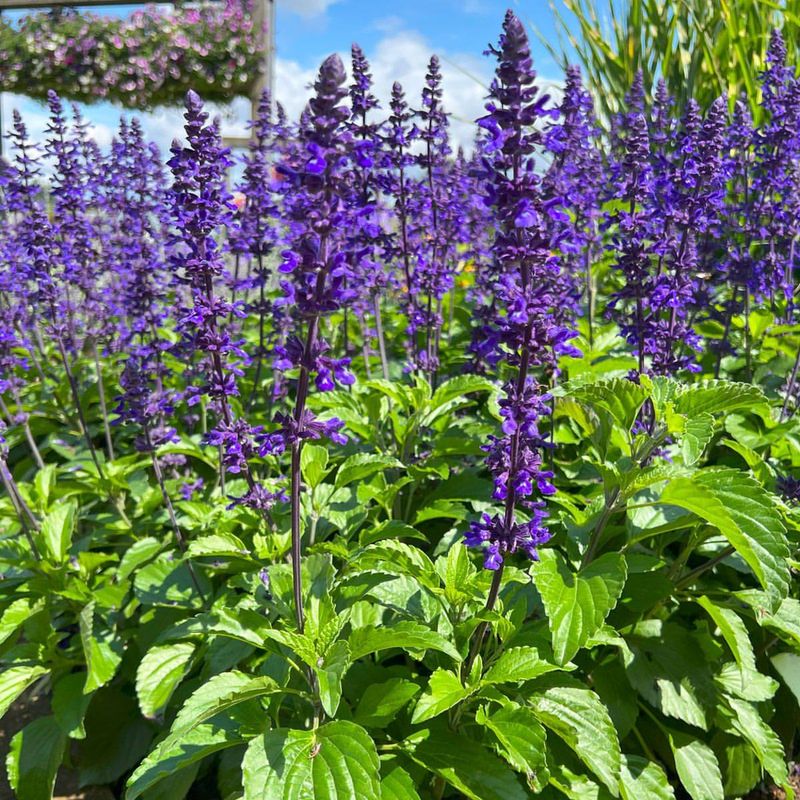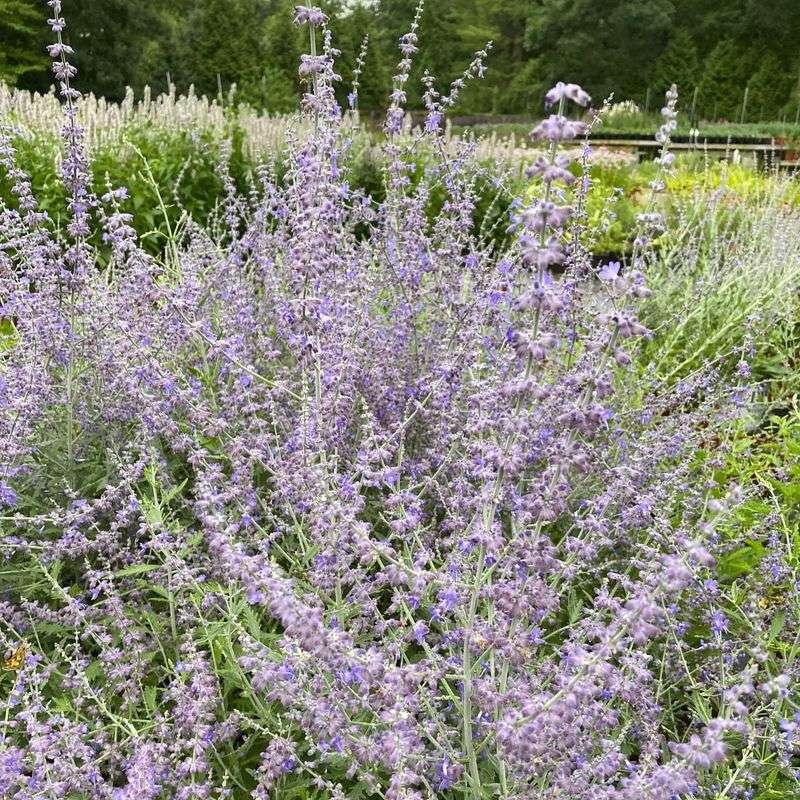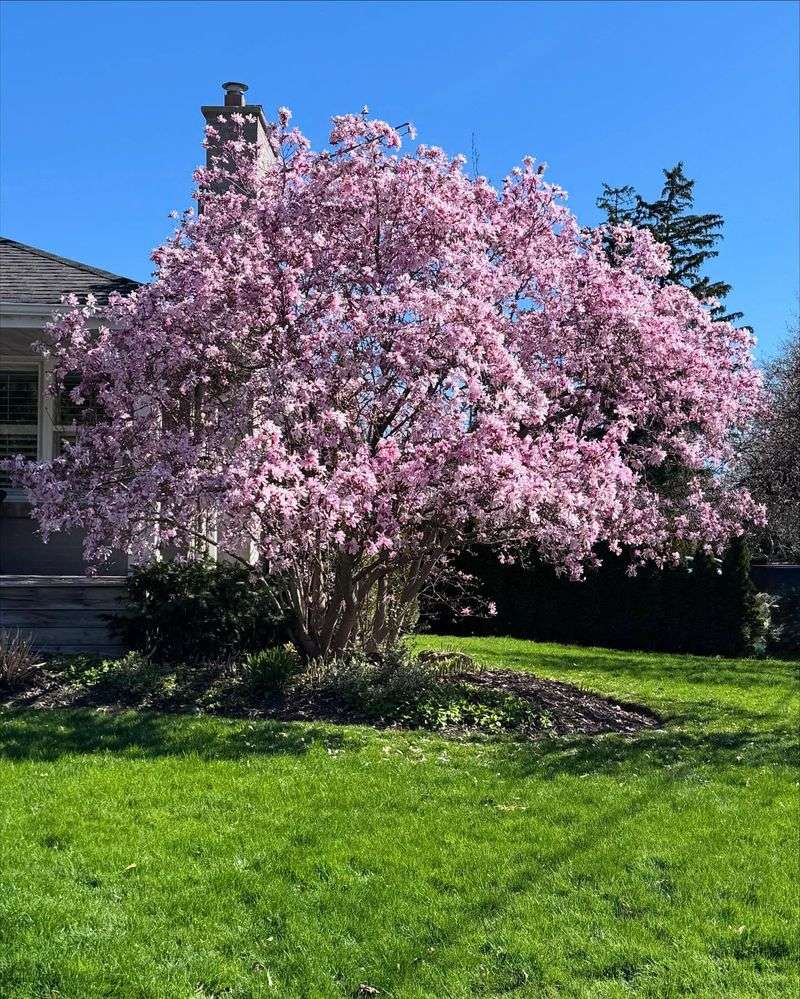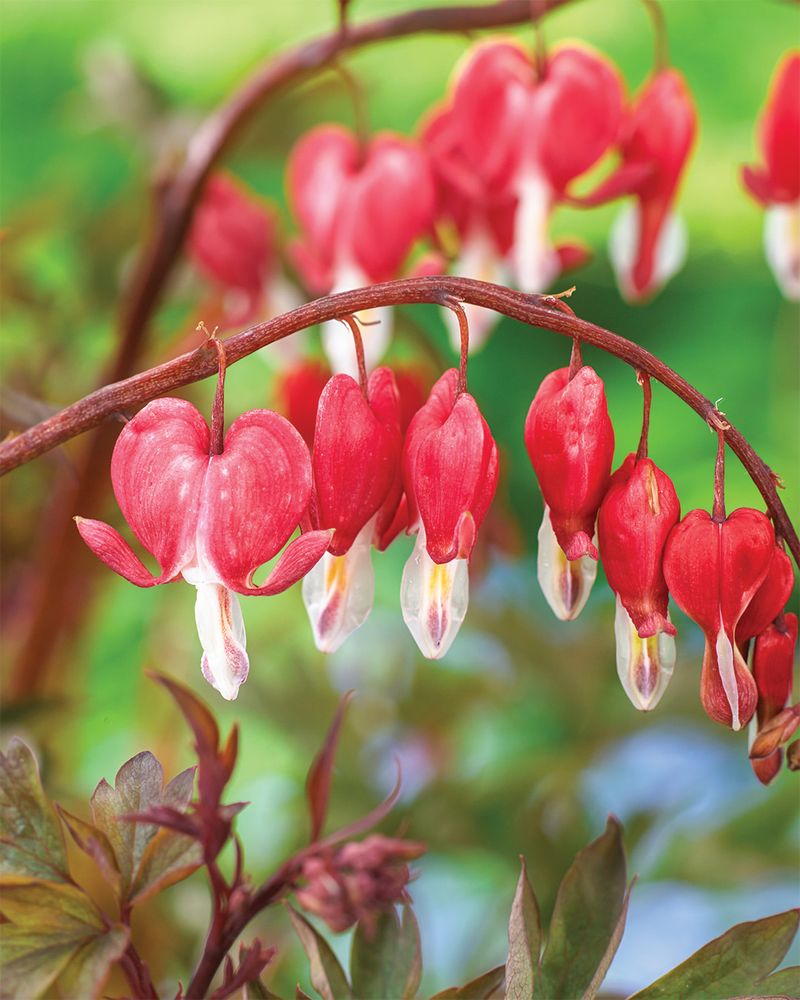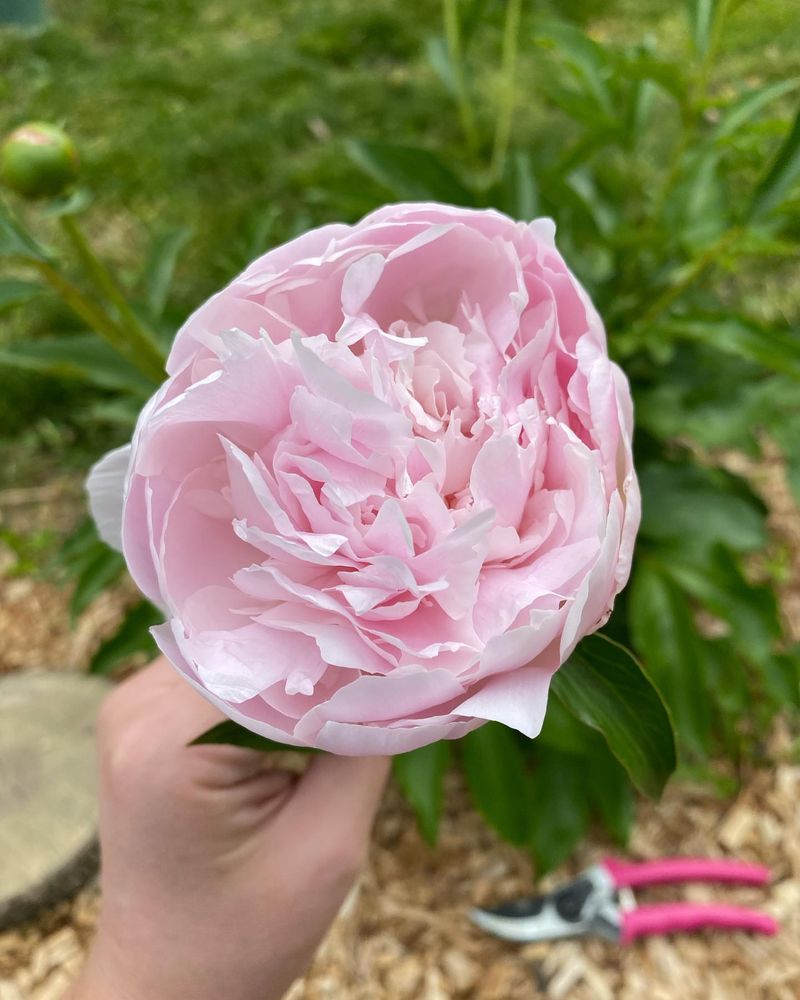If your garden feels like it’s stalling out mid-summer, your pruners might be the fix. Cutting back the right plants right now can spark bigger blooms, bushier growth, and a more vibrant yard in just weeks. But not every plant appreciates a trim—some will sulk, stall, or even stop blooming altogether. Knowing which is which makes all the difference.
1. Roses Need Regular Haircuts
Spring is prime time for rose pruning in Illinois. Cut back dead or damaged canes to healthy tissue where you’ll see white or cream-colored centers when cut.
Remove any crossing branches to improve air circulation, which helps prevent disease. Shape the bush into a vase form to let sunlight reach all parts of the plant.
Pruning stimulates new growth and encourages more abundant blooming throughout summer. Your roses will thank you with bigger, more plentiful flowers!
2. Hydrangeas (But Only Some Types!)
Not all hydrangeas should be pruned the same way! In Illinois, smooth hydrangeas (Hydrangea arborescens) and panicle hydrangeas (Hydrangea paniculata) can be cut back hard in early spring.
They bloom on new wood, so pruning encourages fuller growth and stronger stems that won’t flop under the weight of those gorgeous flower heads.
Bigleaf hydrangeas, however, need more careful handling since they form buds on old wood. Timing matters tremendously with these beauties!
3. Butterfly Bush Loves a Good Trim
Don’t be shy with butterfly bushes! These vigorous growers benefit from a severe pruning in early spring before new growth appears.
Cut the entire plant back to about 12-18 inches from the ground. What looks like brutal treatment actually rejuvenates the plant completely.
The result? Stronger stems that won’t sprawl, more compact growth, and bigger, more abundant flower clusters that will attract swarms of butterflies to your Illinois garden all summer long.
4. Clematis Confusion Solved
Clematis vines follow different pruning rules depending on their type. Group 3 clematis (like ‘Jackmanii’ or ‘Etoile Violette’) bloom on new wood and thrive with hard pruning in early spring.
Cut these varieties back to about 12 inches from the ground when you see buds swelling. The vigorous new growth will reward you with spectacular summer blooms.
For Group 2 clematis that bloom in early summer, just remove dead or weak stems and do light shaping.
5. Spirea Shrubs Need Spring Shaping
Spring-flowering spireas like Bridal Wreath should be pruned right after they finish blooming. For summer-flowering varieties like ‘Goldflame’ or ‘Anthony Waterer,’ early spring is ideal.
Cut these summer bloomers back by about one-third their height to encourage compact growth and prevent them from becoming leggy.
Removing older stems at the base also rejuvenates the plant. Illinois gardeners will be rewarded with more vibrant foliage and abundant flower clusters throughout the season.
6. Coneflowers Benefit From Deadheading
Purple coneflowers (Echinacea) are Illinois native stars that respond beautifully to regular deadheading throughout the growing season. Snip spent flowers just above the first set of full leaves.
This simple practice prevents seed formation and redirects the plant’s energy into producing more blooms rather than seeds. The result is a longer flowering period and more vibrant display.
Leave the final fall flowers to form seedheads that will feed hungry birds through winter.
7. Black-Eyed Susans Want Attention Too
These sunny Illinois prairie natives respond wonderfully to deadheading. Remove spent flowers regularly by cutting stems back to the next set of leaves or emerging flower buds.
Beyond extending the blooming period, this practice helps prevent excessive self-seeding that can make these enthusiastic plants take over your garden.
For a tidier garden and continuous blooms from June through September, make deadheading black-eyed Susans part of your weekly garden routine during summer months.
8. Lilacs Love Post-Bloom Pruning
Timing is everything with lilacs! These fragrant spring favorites should be pruned immediately after flowering finishes, usually by early June in Illinois.
Remove spent flower clusters and prune to shape the shrub. For older, overgrown lilacs, remove about one-third of the oldest stems at ground level to stimulate new growth.
Pruning later in summer or fall will remove next year’s flower buds, so don’t delay once those fragrant blooms fade.
9. Knock Out Roses Keep Going Strong
These popular low-maintenance roses still benefit from regular pruning. In early spring, cut back Knock Out roses by about one-third their height to promote bushy growth and continuous blooming.
Remove any dead or crossing branches to improve air circulation. Throughout the growing season, deadhead spent blooms by cutting just above a five-leaflet leaf.
Unlike some fussier roses, Knock Outs will continue flowering even without deadheading, but they’ll look tidier and produce more blooms with regular attention.
10. Ninebark Shrubs Need Shaping
These Illinois-friendly native shrubs with exfoliating bark benefit from early spring pruning. Remove any dead or damaged branches first, cutting them back to healthy wood.
For established plants, remove a few of the oldest stems at ground level to encourage fresh growth. This rejuvenation prevents the center from becoming woody and bare.
Light shaping can be done anytime, but save major pruning for early spring before new growth appears for best results.
11. Lavender Requires Gentle Discipline
Illinois gardeners can successfully grow lavender with proper pruning. In early spring, trim plants lightly to shape them and remove winter-damaged stems.
After the first flush of flowers fades, cut back the spent flower stalks and about an inch of stem. Never cut into old woody growth, as lavender rarely sprouts from old wood.
This gentle but regular pruning keeps plants compact, prevents them from becoming woody and sprawling, and encourages repeated blooming in our Midwest climate.
12. Phlox Responds to Pinching
Tall garden phlox benefits from pinching rather than heavy pruning. In late spring when plants reach about 12 inches tall, pinch or cut back the growing tips by a few inches.
This simple technique creates bushier plants with more flower heads and stronger stems that are less likely to flop over. It also improves air circulation, which helps prevent powdery mildew—a common problem in Illinois’ humid summers.
The result is worth the effort: fuller plants with more abundant blooms!
13. Weigela Flowers Better With Pruning
These spring-flowering shrubs should be pruned right after flowering finishes. Cut back about one-third of the oldest stems to ground level each year to keep the plant vigorous and full.
This renewal pruning encourages new growth that will produce next year’s flowers. For overgrown plants, more aggressive pruning can be done in early spring.
Illinois gardeners will be rewarded with more prolific flowering and a tidier shrub shape that fits better in the landscape.
14. Salvia Needs Mid-Season Haircut
Perennial salvias like ‘May Night’ put on a spectacular spring show in Illinois gardens, then often look tired and stop blooming. Don’t let them rest!
Cut flower stalks back by about one-third after the first flush of blooms fades. This rejuvenation pruning stimulates a second round of flowering later in summer.
Some gardeners even cut plants all the way back to basal foliage after first bloom for a completely fresh start and impressive late-season performance.
15. Russian Sage Benefits From Spring Cuts
Don’t be afraid to be ruthless with Russian sage in early spring! Cut the entire plant back to about 6-8 inches from the ground before new growth appears.
This severe pruning prevents the plant from becoming woody and sprawling. The fresh growth will be stronger and more upright, creating a more attractive plant with better flower display.
Without pruning, Russian sage becomes leggy and floppy, especially in Illinois’ rich soils and summer rains.
16. DON’T Prune Spring-Flowering Trees Now
Step away from those pruning shears when it comes to flowering trees like dogwood, redbud, and magnolia! These Illinois favorites form their flower buds during the previous growing season.
Pruning now will remove those precious buds and eliminate this year’s floral display. Wait until immediately after flowering finishes to do any necessary pruning.
Patience pays off with these spring beauties—you’ll be rewarded with the full spectacular show nature intended.
17. Leave Those Bleeding Hearts Alone
Despite their delicate appearance, bleeding hearts don’t appreciate pruning while actively growing. These shade garden favorites naturally die back as summer heat arrives in Illinois—this is normal!
Resist the urge to cut them back when they begin to yellow. The plant is storing energy in its roots for next year’s growth.
Simply allow the foliage to die back naturally, then clean up the dried stems once they’re completely brown. Premature cutting reduces next spring’s flowering.
18. Hands Off Those Peonies
Peonies are Illinois garden royalty that prefer minimal interference. Avoid pruning these long-lived perennials except to remove spent flowers.
Cut off faded blooms just below the flower head to prevent seed formation, but leave all foliage intact throughout the growing season. The leaves are busy manufacturing food that’s stored in the roots for next year’s flowers.
Only cut peony foliage back to ground level in fall after a hard frost when it begins to yellow and die back naturally.
19. Clematis Montana Resents Heavy Pruning
While some clematis varieties benefit from pruning, Clematis montana is definitely not one of them! This early-flowering clematis blooms on old wood formed the previous year.
Heavy pruning will remove flower buds and eliminate the spectacular spring display that makes this vine so popular in Illinois gardens. Only remove dead or damaged stems after flowering finishes.
For overgrown plants, gradual thinning over several years is better than severe pruning all at once.

